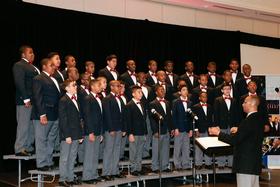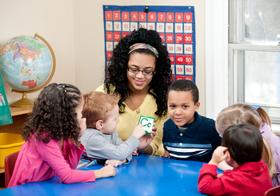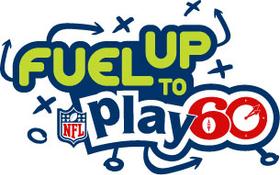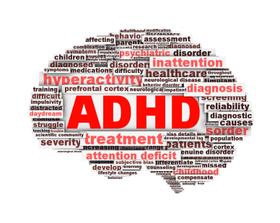Public education in the United States has evolved into a complex maze of options designed to address a wide range of student needs and learning styles. However, the many choices can also make it challenging for parents to weed through and understand the various options available to them and their children. To help break it down, check out this list of some of the more common options in public schooling today.
Neighborhood Schools
The traditional community school continues to be the most common type of institution of public education today. Public schools in a district are typically zones, so those living in the community know which school they are assigned. Neighborhood schools allow students the opportunity to make friends with classmates right in their area. In some districts, parents can enroll their children in a school outside their immediate neighborhood if the chosen school is closer to the parent’s workplace or if the parent wants his child to attend a different school.
Charter Schools
Charter schools began to appear in the 1990s, and their presence has consistently grown in all but ten states nationwide. Education Bug lists the states without current charter laws as Alabama, Kentucky, Maine, South Dakota, Washington, Vermont, West Virginia, Nebraska, Montana, and North Dakota. Charter schools are public schools, but parents choose to send their children to a charter school rather than attend based on district zoning.
Like other schools, charters receive money from taxes and raise private funding. Charter schools must adhere to their charter's goals and state standards but may be exempt from other regulations that typically apply to traditional public schools. Some charter schools focus efforts in a particular area, while others emphasize their learning around a core curriculum that may or may not be used in the rest of the public school system.
Magnet Schools
Magnet schools got their start in the 1970s as a way to encourage diversity within the public school system. Today, these schools are often considered to be highly selective, sometimes requiring students to take examinations before admittance. Magnet schools may also specialize in areas such as technology or the arts. Any student interested in the education focus may attend these schools as long as the student meets the school’s admission requirements.
Alternative Schools
The National Center for Education Statistics defines an alternative school as one that meets a student’s needs not currently addressed in the public school system and one that provides a non-traditional form of education to that student. Both charter and magnet schools frequently fall into the category of alternative schools. Alternative schools work within the framework of the public school system and offer support to public schools in terms of managing over-enrollment issues and providing for students who do not fit as well in the traditional public school system.
This video offers a look at alternative learning schools and programs designed for students who are in danger of failing or dropping out at a traditional school.
Vocational Schools
Students interested in pursuing a career immediately after high school may find a vocational school that offers the training they seek. In addition to providing a well-rounded high school education, these schools allow students to specialize in a field of interest that will help them find employment after graduation. Education.com explains that vocational schools focus on “targeted education” and “work-based learning.”
Virtual Schools
Also called online schools, virtual schools allow students to learn from anywhere with a computer and Internet access. These schools have an organized curriculum similar to a traditional classroom, but students can learn independently. The availability of virtual schools varies from district to district and state to state. However, as the demand for online education increases, more areas are turning to this mode of education as a viable alternative to the traditional classroom.
IB Schools
These schools utilize the principles of the International Baccalaureate program, which emphasizes learning with a global focus. The program was founded in 1968 and is becoming more widely recognized as higher education institutions seek students from IB programs. Elements of IB may be found at the elementary and middle school level. However, the IB diploma program is only available at the high school level and at schools that have gone through the process of becoming an IB school.
AP Schools
Also referred to as Advanced Placement, AP high schools offer courses designed to give advanced students a head start on college coursework. Students may take Advanced Placement courses in one or more areas of study. If they take the national AP exams in their coursework, they may earn college credits while still in high school.
Special Education Schools
These schools are committed to providing a high-quality education to students with a broad range of disabilities and conditions. These might include students with autism, blindness, deafness, mental challenges, or developmental delays. While many special needs students are educated in neighborhood schools today, some students require additional assistance and care that is found at special education schools that specialize in the student’s needs.
This video explains how an Individualized Education Program (IEP).
Home Schools
Parents typically do homeschooling in the home. Home school networks allow students to interact with other homeschooled students and even participate in some programs through public schools. Each state determines home school requirements for that state, and parents are responsible for knowing and adhering to those requirements throughout their children’s academic careers.
Many types of public schools are available today, allowing parents and students a wealth of options in how the education process will take place. By understanding the various choices, parents are better positioned to choose the best type of public school for their child’s specific needs.
Additional Resources
Saying Ni Hao to Chinese Charter Schools
Local Schools and Charter Schools: Can They be Close Allies?
Questions? Contact us on Facebook. @publicschoolreview




















































































































































